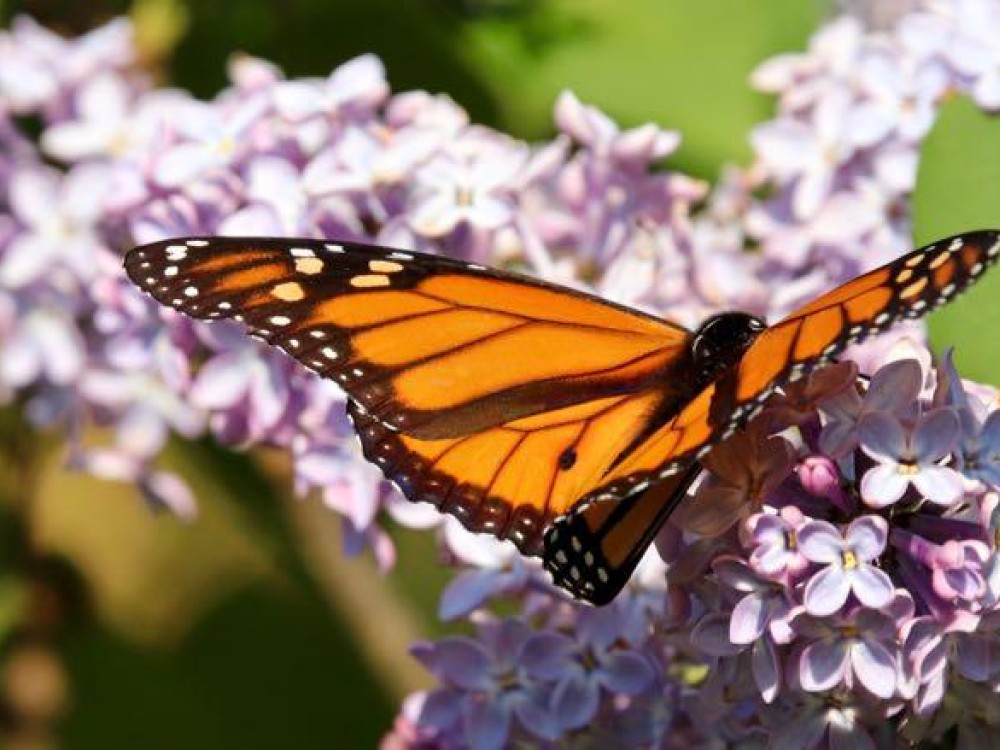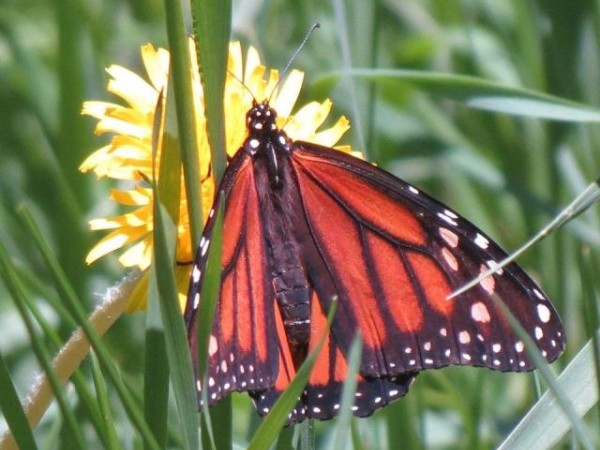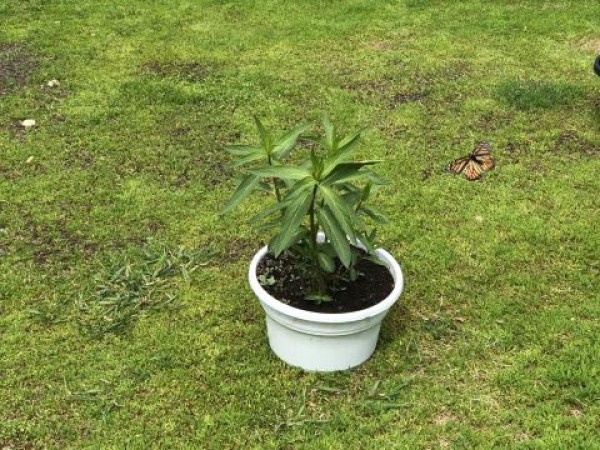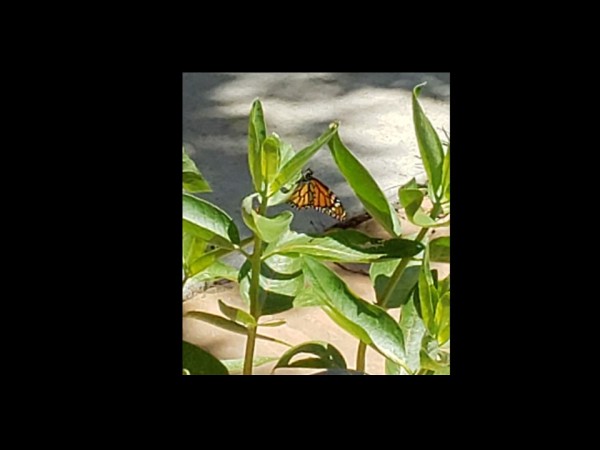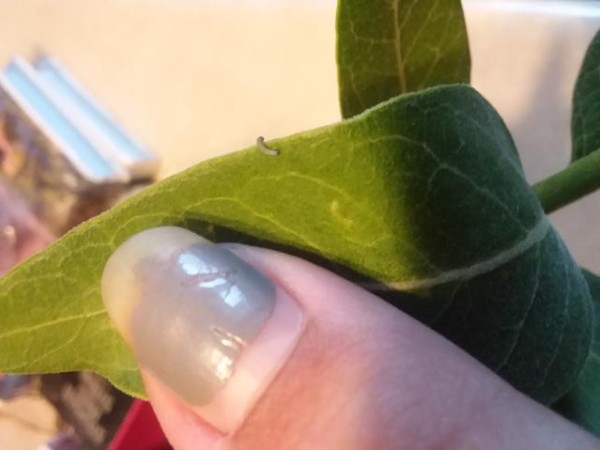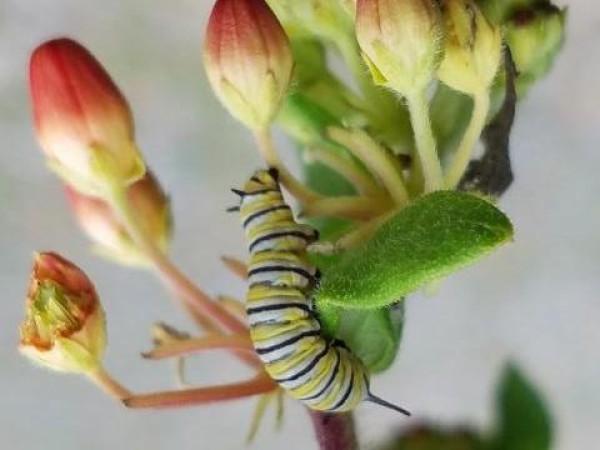Look How Far the Monarchs Have Come!
Migration Complete
Check out the Journey North maps to see how far the monarchs have come! From 10 acres of winter habitat in Mexico, they have now expanded across more than 1 billion acres of breeding habitat.
From Kings, Nova Scotia: Larry saw "A female monarch flew around the field with common milkweed but was mainly nectaring..." (Date: 06/08/2019)
From Kenora District, ON: Sylva noted, "Finally! They are a week later than 2018 but I’m thrilled they’ve finally arrived." (Date: 06/08/2019)
From Dauphin RM, Manatoba: Mary J reported, "Adult Monarchs near milkweed patch. Unable to get photos." (Date: 06/10/2019)
Reports from Colorado and Western U.S.
Monarchs have definitely arrived along the Front Range in Colorado, the area just east of the majestic Rocky Mountains. This urban/suburban corridor is considered the very western edge of the Eastern Population’s range, and it’s unknown just how much of this habitat is used by monarchs. There’s certainly plenty of milkweed (in gardens, parks and open spaces) and more and more butterfly enthusiasts on the lookout for monarchs. In the past few weeks, Journey North reporters have posted Adult FIRST Sightings AND just this week Egg FIRST Sightings!
Reports have also come in from JN reporters in Monte Vista and Parachute, CO. Are these Western Population monarchs or Eastern?
Read the last 2019 spring season Western Monarch Report by Gail Morris linked below.
Peak Breeding Season
Monarchs live for only 2-6 weeks during the breeding season. All energy is focused on reproduction. Females search for milkweed to lay the 400-600+ eggs they can produce in a lifetime. Males patrol milkweed in search of females for mating.
From Winnipeg, Manatoba: Debbie found "Three more eggs for a total of 21 eggs altogether counted." (Date: 06/09/2019)
From Mooreton, ND: Amanda "Checked milkweed growth by the lake since it grows wild there. Found a newly hatched baby." (Date: 06/08/2019)
From Ellijay, GA: Danielle was "Very excited to find my 1st monarch larva of the season on my butterfly milkweed." (Date: 06/06/2019)
Four New Generations
Monarchs can produce a new generation in about 1 month, resulting in as many as four generations during the typical breeding season. The population grows with each new generation so monarchs become increasingly noticeable as the summer wears on.
The Migratory Generation
This fall, the monarchs that migrate to Mexico will be 4th generation butterflies, the great-great-grandchildren of those that left Mexico last spring. Monarchs born after mid-August will likely be part of the migratory generation. Get ready to watch for signs that the monarchs are on their way to Mexico again.
